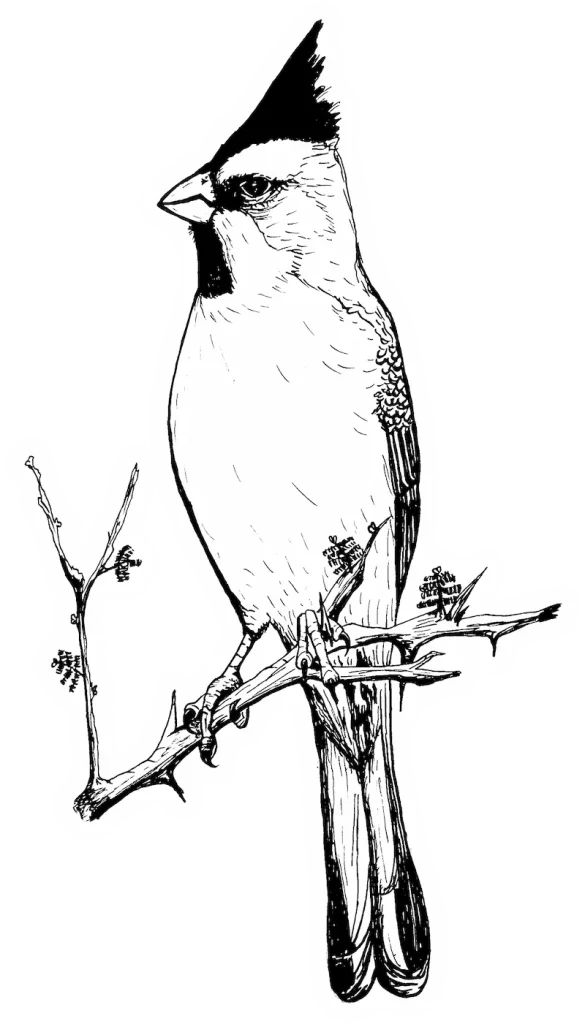Variations in the life histories of Tachycineta Swallows in space and time
- Conferencia

- Conferencia
Variations in the life histories of Tachycineta Swallows in space and time
WINKLER, David W.
Dept of Ecology and Evolutionary Biology, Cornell University, Ithaca, NY USA
dww4@cornell.edu
Life history traits are those aspects of the phenotype that are most directly connected to variation in survival and reproduction. The trait that has been most extensively discussed is clutch size, and the pattern of smaller clutches being laid nearer the Equator is one of the best-known patterns of avian life history variation. Life history traits do not vary independently, however, and the life history trait that clutch size covaries most strongly with is laydate. Birds with earlier laying dates not only lay larger clutches, they also produce more fledglings, and have stronger immune systems. The slope of clutch size decline with laydate gets steeper nearer the poles across four species of Tachycineta, raising the possibility that later laying birds at all latitudes are similar and that pole-ward birds average larger clutches only because the earlier birds there lay much larger clutches. Though recent analyses suggest that there is not the entire answer, the causes of variation in the clutch-size-laydate regression comprise an important research challenge. Other aspects of the life history are being studied comparatively in Tachycineta, and tantalizing results on aging and immune function present further exciting challenges that await us in the Golondrinas de las Americas, a network of researchers dedicated to collaborative studies of Tachycineta breeding biology.
Cita sugerida:
- WINKLER, David W.
- (2008)
- Conferencia.
- XII RAO
- (página 25 pdf)
Derechos de autor:
Esta obra está bajo una licencia Creative Commons Atribución-NoComercial (CC BY-NC).
